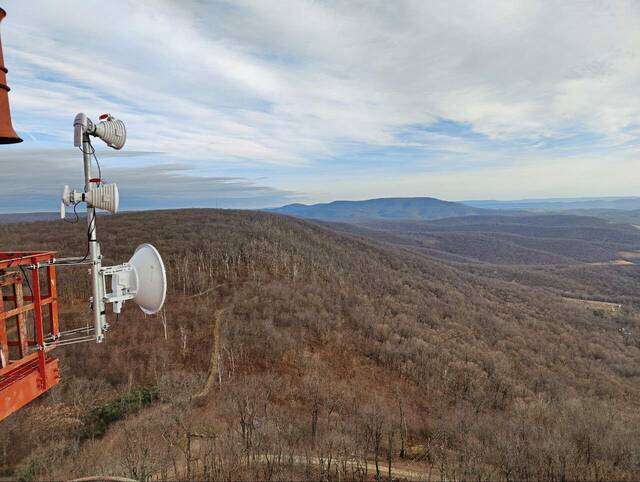Chances are that if you go out and look at your license plate right now, there is a little remnant of history hanging onto the corner.
For decades, Pennsylvania registered vehicles by issuing a tiny rectangle with the date to affix on the license plate. You would get the stamp-sized sticker after paying for your legal ability to keep that car on the road. You would clean the corner, futz around peeling the sticker off and try to get it on without touching it too much so that it would stay sticky and not fall off.
In January 2017, Pennsylvania stopped this somewhat ridiculous and redundant exercise.
PennDOT claimed the move would save about $3.1 million in the first year alone between making and mailing the little labels. That’s a great reason to give them up right there.
But there was also a bit of pointlessness in a modern world.
While years ago, a police officer could check for a valid sticker to see if a car was registered, today any government official can quickly and more accurately see if a car’s registration is valid by using a computer or a smartphone. A sticker could be faked or stolen. The state’s database is harder to hack.
But now state Rep. Barry Jozwiak, R-Berks, wants the stickers to make a comeback.
In a recent Pennlive.com story, Jozwiak blamed the absence of the adhesives for a $51 million drop in revenue over three years.
“Issuing the registration expiration sticker on the license plate will ensure that all vehicles in the Commonwealth are properly registered and insured, and will restore the lost revenue that PennDOT claims it so desperately needs,” Jozwiak stated in a memo.
Let’s look at a few points here. First of all, the stickers have absolutely nothing to do with insurance. Do you have to have insurance to register your car? Sure. Can you drop it the next day? Absolutely. The sticker is not omniscient and won’t fall off your license plate when it senses you have missed a payment.
Also, police officers, ordinance enforcement officers and others that check on the legality of a street vehicle can check a license plate without a sticker. They already have been doing that since 2017, but they also check plates on vehicles from other states that may or may not use stickers.
The 2013 state law that paved the road for eliminating the stickers didn’t eliminate registration for the 12 million or so vehicles legally operating. Pennsylvanians still pony up $38 for a car — more for trucks — every year. PennDOT’s own annual registration reports show that between 2017 and 2018, the number of registered vehicles in the state went up by 200,000.
But more than anything, a legislator needs to remember that the purpose of registering cars isn’t padding the state’s bank account. It’s supposed to be about making sure that the cars on the road are legal, the same way inspection — which we pay for separately — is supposed to keep them safe.
The gas tax is down. That doesn’t say illegal cars are on the road. That says cars are using less gas, which makes sense given that hybrids and electrics are becoming popular and much of the state has been quarantining over the last year.
Jozwiak wants to reintroduce legislation to bring back an unnecessary system that costs millions. That’s an idea that isn’t sticking to anything.








